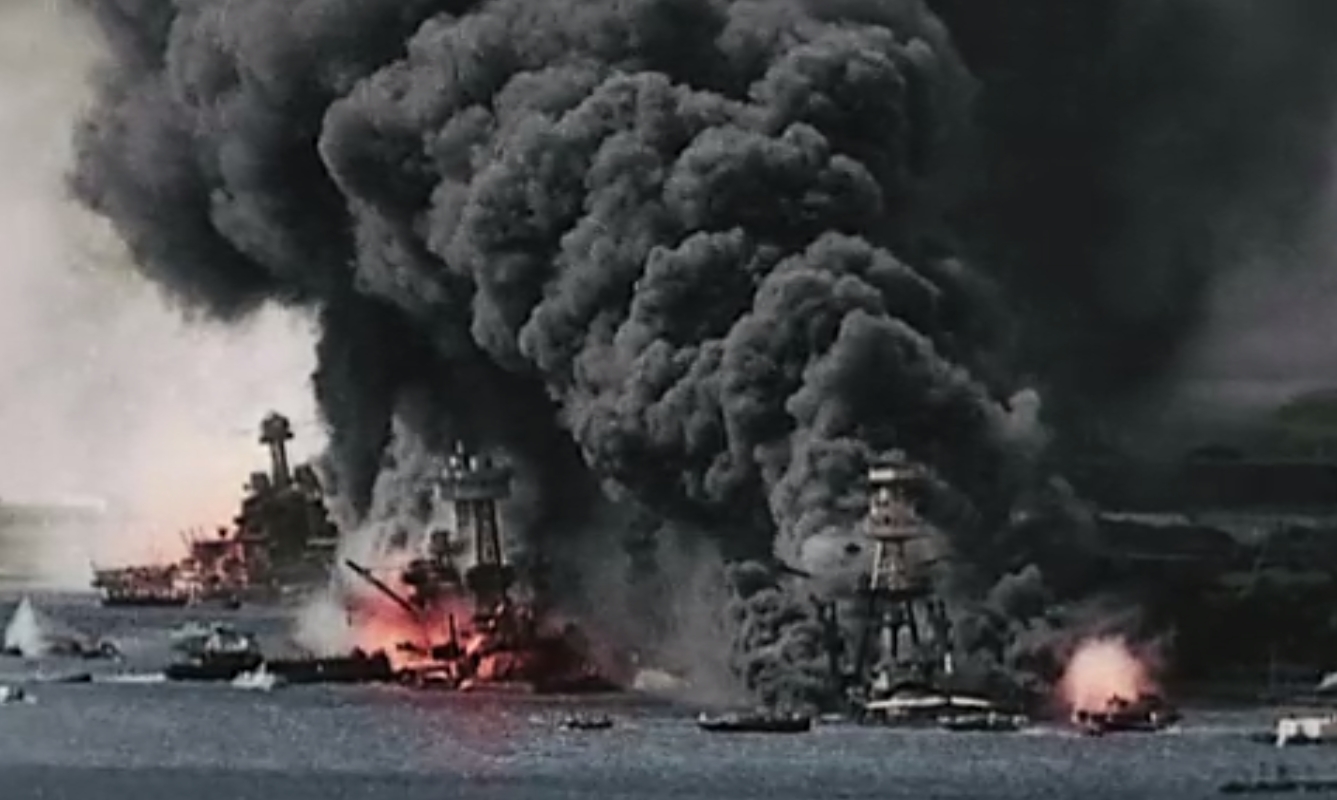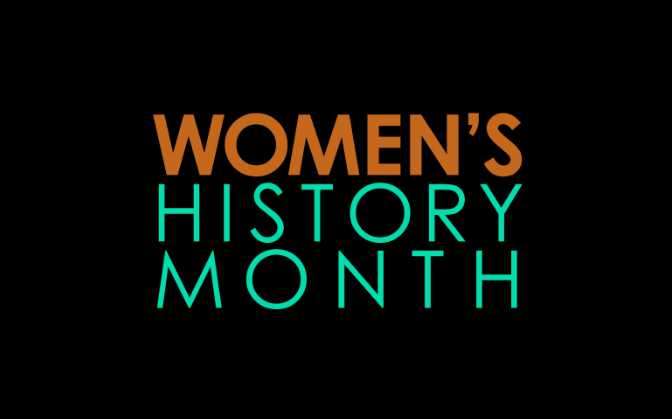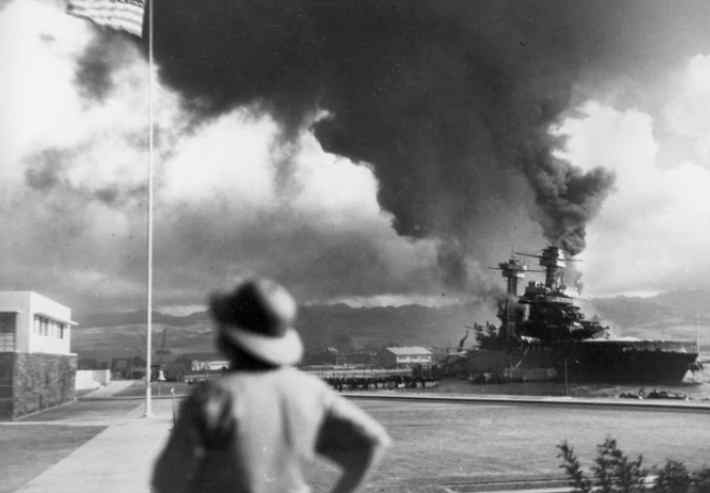
It was 83 years today that Japan’s Imperial Navy launched a surprise attack on the Hawaiian Naval base of Pearl Harbor that would result in the United States entering World War II.
The attack, designed by Japan to be a preventative action to keep the U.S. from interfering with their military actions in the Philippines, Guam, Hong Kong, Malaya, Singapore, and Wake Islands as well as other areas in Southeast Asia, would draw the U.S. into World War II and spell ultimate defeat to Japan and their military ambitions.
At 7:48 Hawaiian time, 353 Japanese fighters, bombers and torpedo aircraft, from six Japanese aircraft carriers north of the islands, would swoop into Pearl Harbor and wreak havoc on the base, killing 2,403 Americans and wounding 1,178 others.
Four of eight American battleships were sunk, and three cruisers, three destroyers, a mine-layer, and an anti-aircraft training ship were sunk or damaged. The Enterprise, Lexington, and Saratoga, the U.S. Pacific Fleet’s aircraft carriers would escape the carnage as they were at sea.
[content id=”79272″]
The devastating attack took only 90 minutes.
Of the battleships sunk, only one was not raised and repaired. The Arizona (BB-39) exploded and sank, killing 1,177 officers and men. The wreck remains submerged in the harbor to this day. In 1962 the USS Arizona Memorial was built over the hull of the ship.
Also involved in the attack, were five Japanese submarines. Four were destroyed and one was captured.
Although a majority of Americans believed that war with Japan was imminent, the attack on Pearl Harbor without a declaration of war came as a shock to America. It was widely thought then that any initial attack would take place in the Philippines.
Although a surprise to the American people, the plan to attack Pearl Harbor had been planned by Japan as early as the spring of 1941. By November 5th, Japan’s Emperor Hirohito approved the attack plan, and by December 1st, the final approval was given.
The day following the Japanese attack, President Franklin Delano Roosevelt would call December 7th, “a date which will live in infamy,” and war would be declared on the island nation.
For the past eight decades, U.S. flags have been lowered to half-mast in memory and mourning for those lost during that December morning attack.
[content id=”79272″]








